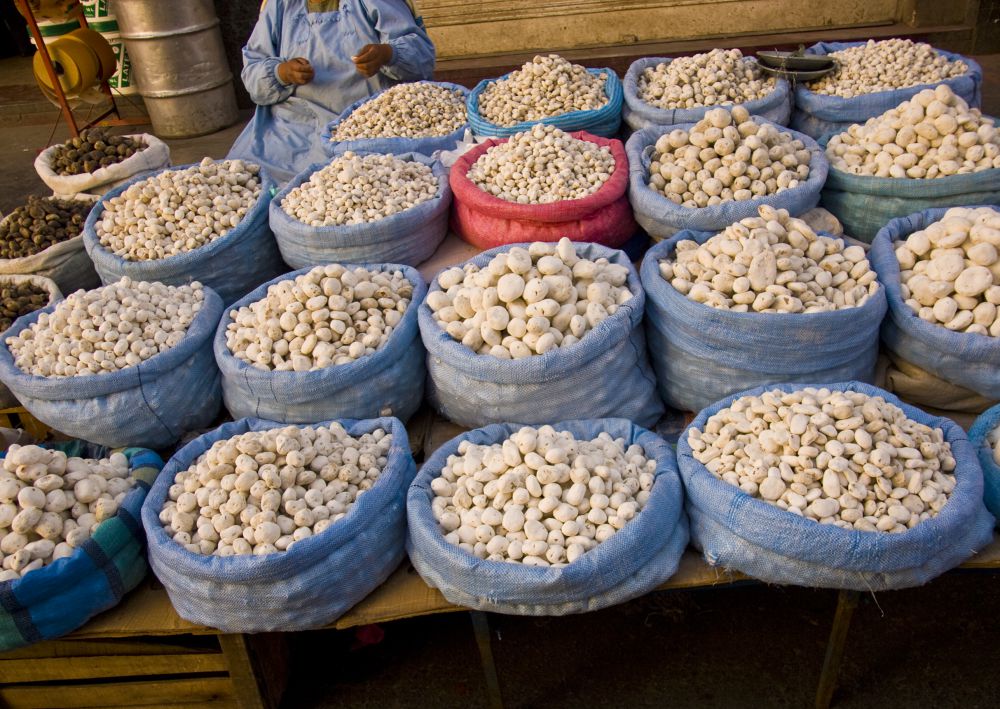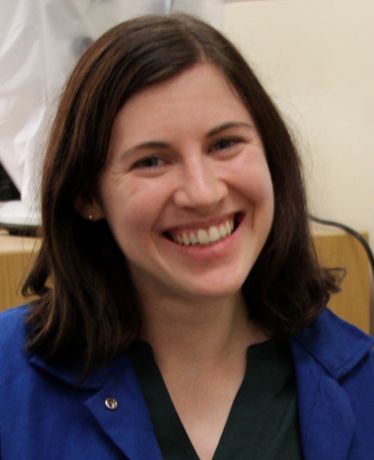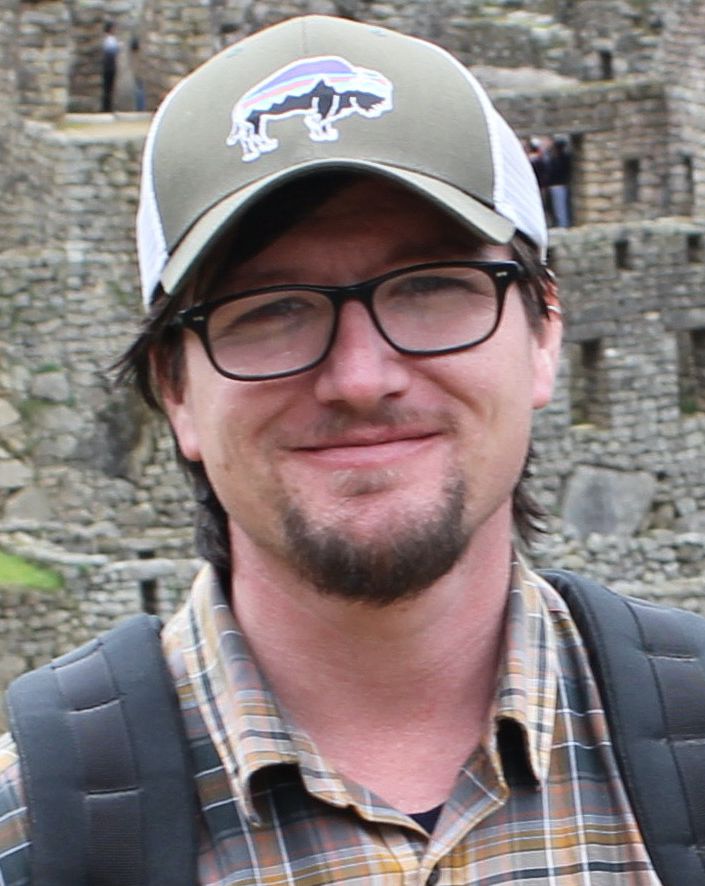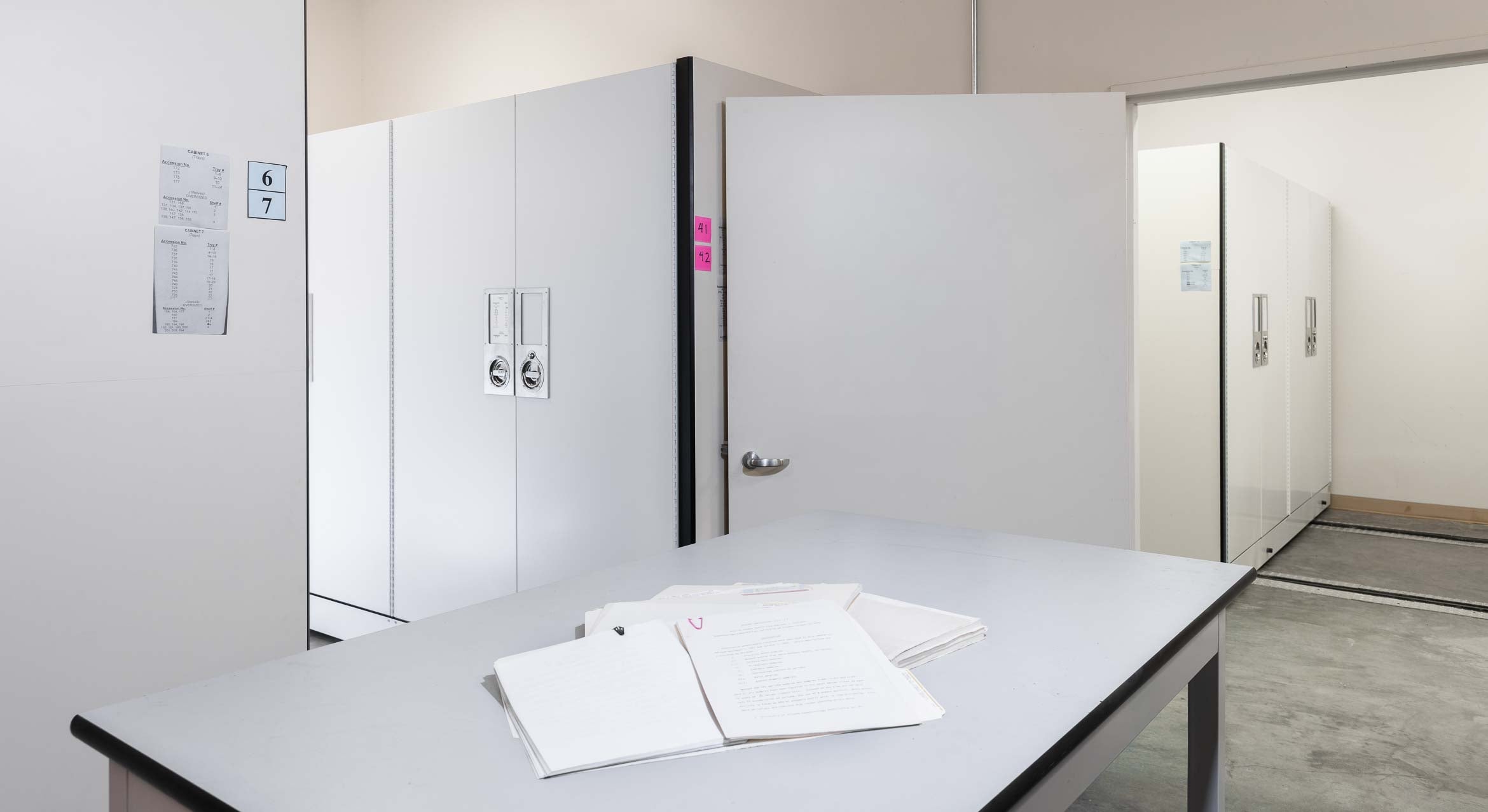
A Microscopic Map into the Past



Mallory Melton was looking at some ancient potato starch residues from the Quilacampa archaeological site high in a coastal valley in Peru and thought they looked odd but familiar. Could they be from chuño, a freeze-dried potato that has been a staple of Andean people for millennia? The graduate student in UC Santa Barbara’s Department of Anthropology decided to find out.
Her research, conducted with UCSB alumni Matthew Biwer and Rita Panjarjian (then an undergraduate intern), went back to modern specimens to create a roadmap for identifying chuño in ancient starch assemblages. The team found something unexpected: Each type of chuño looked different under the microscope. More importantly, however, the diagnostic criteria they developed will allow archaeologists to recognize and differentiate two different types of potato freeze-drying techniques used in the past.
Identifying those potato types, Melton said, will give researchers a window into the past to trace the locations and timing of the origins of those two sets of techniques, which remove toxins from the tubers. Learning more about the beginnings of detoxification, a necessary step in making wild potatoes palatable, unlocks answers into where and when potato domestication first occurred.
“We consider this paper a critical tool that others (including ourselves) can pick up and apply to future analyses of archaeological starch assemblages,” Melton said. “These criteria provide a comparative basis for identifying evidence of specific chuño types in the ancient past, which represents a great leap forward in terms of both methodology and critical gaps in our understanding of the timing and process of early domestication efforts in the Andes.
“By creating possibilities for identifying early examples of potato detoxification and domestication,” she continued, “our research will help us to better understand the circumstances (places and practices) by which plant processing leads to domestication, one of the most pressing challenges for archaeology.”
Potatoes were domesticated in southern Peru about 10,000 years ago. Today, two types of chuño are principally sold in markets: chuño blanco (or tunta) and chuño negro. The basic processing for both — repeated freezing, thawing and trampling — can only be done at altitudes over 12,000 feet. Chuño blanco processing involves additional steps in which potatoes are protected from sunlight during the day and washed in water several times after freeze drying. These differences contribute to their distinctive colors. When finished, chuño is light, portable and keeps for years.
Biwer, who received his Ph.D. in anthropology from UCSB in 2019 and is now an adjunct professor at Ohio State University, said chuño is a quintessential part of highland foodways in the Andes, especially in Peru and Bolivia. It’s often described as a comfort food — a bowl of soup or stew served in high-altitude areas will almost certainly have chuño as an ingredient.
“Its importance in cuisine and identity cannot be understated,” he said. “The work that goes into making chuño is an effort that brings people together and reinforces social bonds. It also represents a unique effort by early Andean peoples to remove toxic glycoalkaloids from wild tubers. This practice goes back very far into Andean history and was likely a part of cuisine of many cultures for millennia.”
To conduct her research, Melton, the lead author of “Differentiating Chuño blanco and Chuño negro in archaeological samples based on starch metrics and morphological attributes” in the Journal of Archaeological Science: Reports, procured modern samples of chuño blanco and chuño negro from Peru and Bolivia with the help of colleagues.
In examining the samples she noticed variability between the chuño blanco and chuño negro starches in size and other physical traits. But she didn’t have enough data to see if those differences were meaningful and systematic.
“So I asked Rita to measure the modern chuño starches to see if we are able to differentiate chuño blanco and chuño negro in this control assemblage,” Melton said, “and if there is any variability in presentation by region or market.”
Through Panjarjian’s measurements and Melton’s analysis they were able to pinpoint the diagnostic criteria for chuño blanco and chuño negro. The findings hold great promise for further archaeological research.
“The new criteria we’ve developed for the identification of chuño blanco and chuño negro starches will allow archaeologists to recognize and differentiate two different types of potato freeze-drying techniques in the past,” Melton explained. “Over time, identifying these two types of potatoes will allow us to trace back the locations and timing of the origins of these two sets of techniques.
“Finding this information out will allow archaeologists to trace back the earliest efforts at potato detoxification (through freeze-drying) which removes glycoalkaloids, compounds that are toxic to humans. Detoxification was a necessary step for domesticating potatoes, so tracing back the origins of different types of chuño has powerful implications for identifying where, when and how potatoes were initially detoxified. The identification of different types of chuño in the starch record can also be used to tease out ancient trade relationships as the freeze-drying process used to create chuño can only be carried out at high altitudes.”
The research was made possible with the support of a National Science Foundation Graduate Student Research Fellowship and the Department of Anthropology at UCSB.



